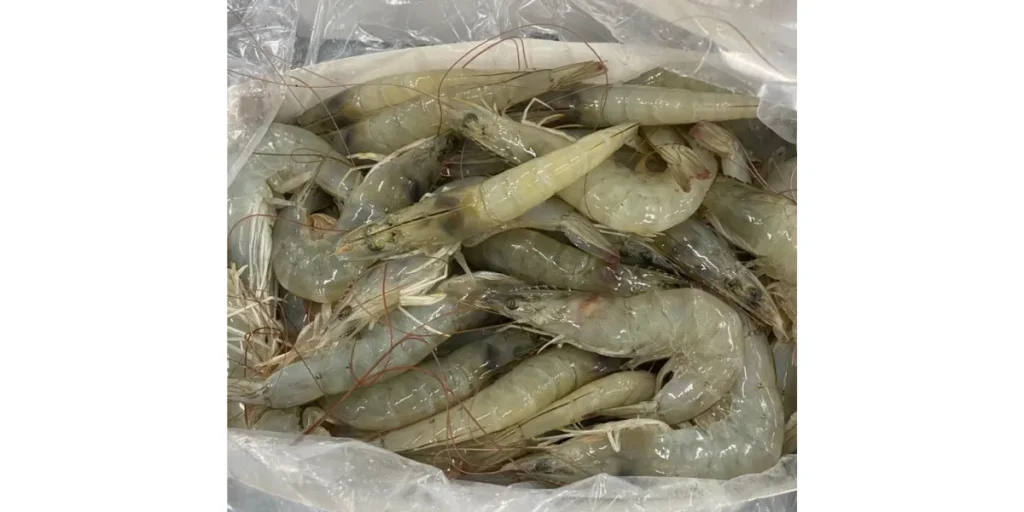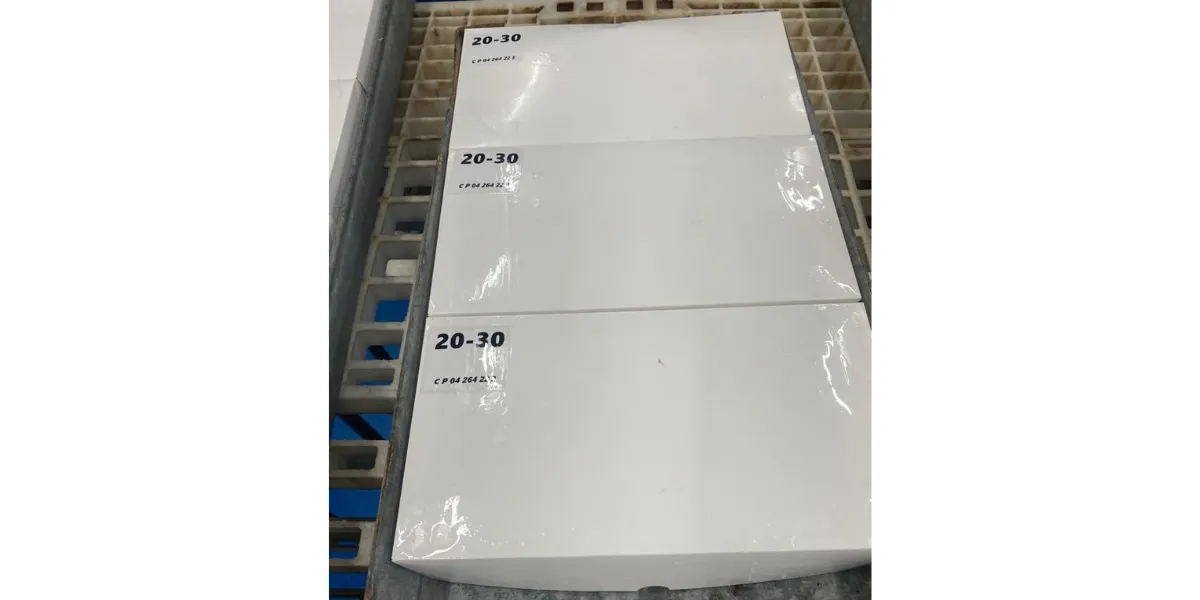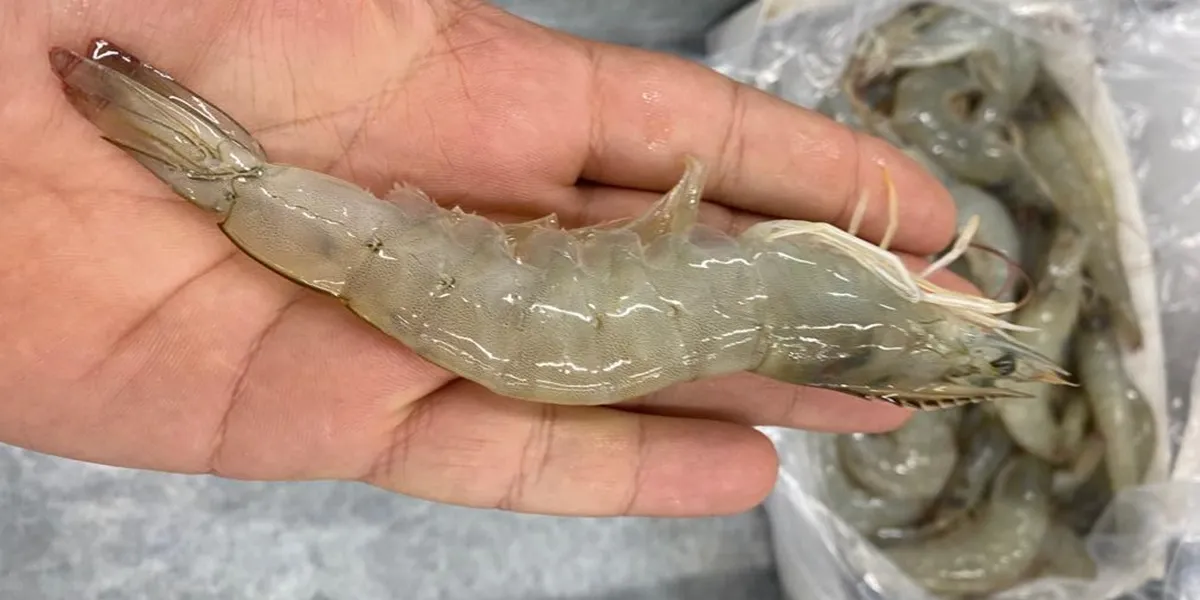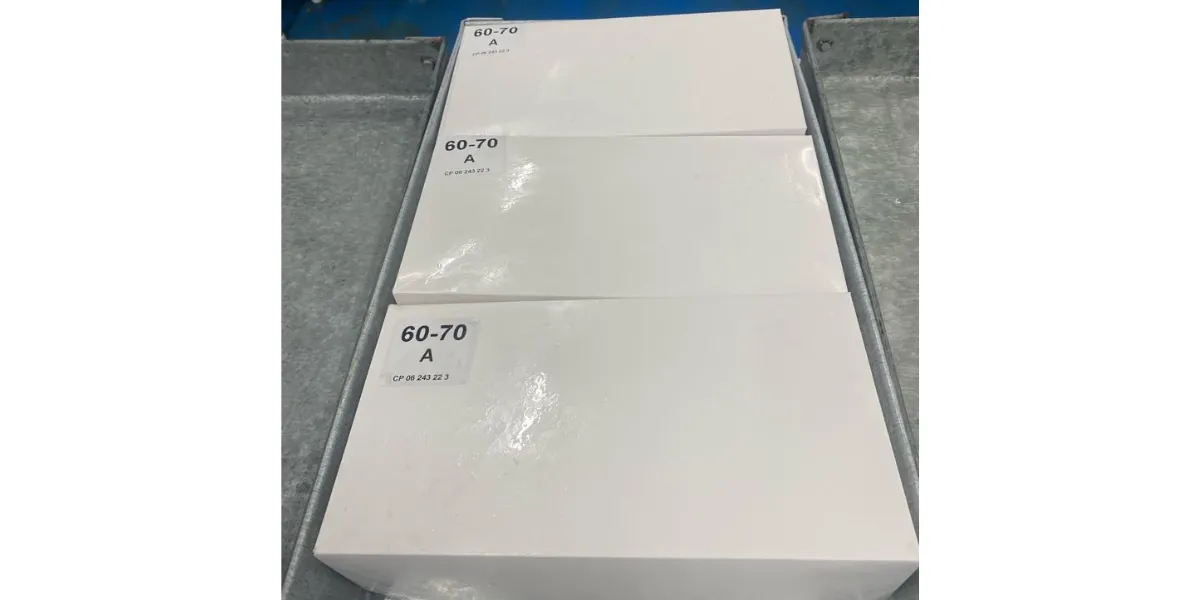Shrimp is one of the most consumed seafoods globally, but its production often comes at a high environmental cost. The good news? Sustainable shrimp fishing is not only possible — it’s already happening. By combining responsible harvesting techniques with innovative aquaculture systems, producers can meet global demand without compromising marine ecosystems. Practices like using Turtle Excluder Devices (TEDs), implementing seasonal closures, and adopting biofloc or recirculating aquaculture systems are transforming the industry.
These methods reduce bycatch, minimize pollution, and improve shrimp health — all while supporting local communities and preserving biodiversity. As consumers become more conscious of where their food comes from, transparency and traceability are becoming key pillars of sustainability. If you’re curious about how shrimp can be farmed and fished responsibly — without harming the planet — keep reading. This guide will walk you through the latest science-backed strategies and real-world solutions that are shaping the future of sustainable shrimp fishing.
The Global Shrimp Industry at a Crossroads
The shrimp industry is undergoing a seismic shift. Once dominated by volume-driven production, it now faces mounting pressure to adopt sustainable practices. According to the FAO and Aquaculture Magazine, global shrimp imports dropped by 1.6% in volume in 2024, while demand in Europe and Japan rose modestly. This uneven recovery signals a deeper transformation: sustainability is no longer a niche concern — it’s a market driver.
Producers like Pishva Holding are leading the way by investing in greenhouse farming and traceable supply chains. These innovations reduce environmental impact and meet rising consumer expectations. Meanwhile, countries like Ecuador and India are adjusting their farming intensity to balance output with ecosystem health.
Key trends shaping the shrimp industry:
| Trend | Impact |
| Shift to intensive farming | Higher yields, but greater need for eco-controls |
| Greenhouse shrimp farming | Year-round production with lower disease risk |
| Certification demand | ASC, MSC, and BAP becoming market entry standards |
Sustainable shrimp fishing is now a strategic imperative. As climate risks and trade dynamics evolve, only those who adapt will thrive.
Wild-Caught Shrimp: How to Fish Without Destroying Ecosystems
Wild-caught shrimp can be sustainable — but only with the right tools and policies. In 2025, NOAA and MSC reaffirmed that U.S. wild-caught shrimp meets sustainability benchmarks through gear innovation and habitat protection.
Modern fisheries use Turtle Excluder Devices (TEDs) and Bycatch Reduction Devices (BRDs) to minimize unintended catch. These tools are mandatory in many regions and have significantly reduced harm to marine life. Seasonal closures and marine protected areas also help preserve breeding grounds.
Best practices for sustainable wild-caught shrimp:
- Use certified gear: TEDs and BRDs are essential.
- Respect seasonal closures: Avoid fishing during spawning periods.
- Support traceable supply chains: Transparency builds consumer trust.
Iranian Shrimp Supplier & Wholesale companies are increasingly adopting these standards to meet export requirements and environmental goals. By aligning with global certifications like MSC, they ensure that sustainable shrimp fishing is not just a label — it’s a commitment.
Science-Backed Strategies for Eco-Friendly Shrimp Farming
Shrimp farming has evolved from pond-based systems to high-tech, eco-conscious operations. According to AquaAdapt and The Fish Site, technologies like biofloc and recirculating aquaculture systems (RAS) are revolutionizing the shrimp industry.
Biofloc uses microbial communities to recycle waste and improve feed efficiency. RAS, on the other hand, creates closed-loop environments that reduce water usage and disease risk. These systems are ideal for regions with limited freshwater access or high environmental sensitivity.
Scientific strategies for sustainable shrimp farming:
- Biofloc systems: Lower feed costs, better water quality.
- RAS technology: Minimal discharge, high control.
- Smart aeration and renewable energy: Reduce carbon footprint.
The shrimp industry is also exploring integrated multi-trophic aquaculture (IMTA), where shrimp are farmed alongside seaweed and shellfish to recycle nutrients. These innovations make sustainable shrimp fishing and farming not just viable — but scalable.
Better Management Practices (BMPs): The Backbone of Sustainable Shrimp Farms
Better Management Practices (BMPs) are the foundation of responsible shrimp aquaculture. Research from Andhra University and Annamalai University shows that BMPs reduce disease, improve yields, and lower environmental impact.
BMPs cover everything from pond preparation to feed sourcing. Farmers are trained to monitor water quality, use probiotics instead of antibiotics, and manage sludge responsibly. These practices are especially critical in regions facing climate stress and market volatility.
Core BMPs for sustainable shrimp farming:
- Water quality monitoring: Regular testing prevents disease outbreaks.
- Responsible feed sourcing: Use plant-based or insect protein.
- Effluent management: Sediment traps and wetlands reduce pollution.
By implementing BMPs, farms align with sustainable shrimp fishing goals and meet certification standards like ASC and BAP. These practices are not just good for the environment — they’re essential for long-term profitability.

Genetic Innovation: Breeding Resilient and Fast-Growing Shrimp
Genetic innovation is reshaping shrimp farming. Specific Pathogen-Free (SPF) broodstock and selective breeding programs have led to healthier, faster-growing shrimp with lower mortality rates.
In 2025, the Center for Aquaculture Technologies launched a low-density genotyping panel for Black Tiger shrimp, enabling precise selection for disease resistance and growth traits. These tools help farmers reduce antibiotic use and improve feed conversion ratios.
Genetic breakthroughs in shrimp aquaculture:
| Innovation | Benefit |
| SPF broodstock | Lower disease risk |
| Genotyping panels | Targeted breeding for resilience |
| CRISPR and molecular markers | Future potential for precision farming |
These advances support sustainable shrimp fishing by reducing resource use and improving farm efficiency. As climate change and disease threats grow, genetic tools will be key to building a resilient aquaculture future.
Waste Not: Managing Effluents and Sludge in Shrimp Farms
Effluent and sludge management is a critical pillar of sustainable shrimp farming. As farms shift toward intensive production, nutrient-rich wastewater becomes a major environmental concern. According to IWA Publishing and JALA Tech, improper discharge can lead to eutrophication, groundwater contamination, and biodiversity loss.
Modern farms now adopt multi-layered strategies to align with sustainable shrimp fishing principles:
- Sediment traps: Capture solid waste before it enters natural waterways.
- Constructed wetlands: Use vegetation to filter nutrients and heavy metals.
- Sludge composting: Converts organic waste into agricultural fertilizer.
| Treatment Method | Benefit |
| Sediment traps | Reduces suspended solids |
| Wetlands | Natural filtration of nutrients |
| Sludge composting | Waste-to-resource conversion |
Nature-based solutions (NbS) are gaining traction, offering low-cost, scalable alternatives to chemical treatments. These systems not only protect ecosystems but also enhance farm resilience. By integrating effluent controls into daily operations, shrimp farms contribute meaningfully to sustainable shrimp fishing and long-term environmental stewardship.
Certifications and Traceability: Building Consumer Trust
In today’s seafood market, transparency is non-negotiable. Certifications and traceability systems are essential for building consumer trust and ensuring compliance with sustainable shrimp fishing standards. Programs like ASC, BAP, and SSP verify that farms meet rigorous criteria for environmental protection, labor rights, and disease control.
Traceability tools — including blockchain and QR-coded packaging — allow buyers to track shrimp from pond to plate. This is especially important in regions with complex supply chains or high antibiotic use.
Key certifications:
| Certification | Focus Areas |
| ASC | Ecosystem, labor, disease control |
| BAP | Hatchery, feed, farm, processing |
| SSP | Zero-antibiotic, traceability |
According to Easyfish and WWF, certified shrimp earns better shelf placement and consumer loyalty. For producers, investing in traceability is not just ethical — it’s strategic. It aligns with global sustainability goals and reinforces the credibility of sustainable shrimp fishing operations.
Climate Resilience in Shrimp Aquaculture
Climate change is reshaping aquaculture. Rising temperatures, salinity shifts, and unpredictable weather patterns threaten shrimp health and farm infrastructure. To stay viable, farms must adopt climate-resilient strategies that align with sustainable shrimp fishing goals.
AquaAdapt and FAO’s Aquaculture Adaptation Framework recommend:
- Elevated pond designs to prevent flood damage.
- Salinity-tolerant shrimp strains for variable water conditions.
- Renewable energy systems to reduce carbon footprint.
| Resilience Strategy | Climate Benefit |
| Elevated ponds | Flood protection |
| Salinity-tolerant breeds | Stable growth in harsh waters |
| Solar aeration systems | Lower emissions, energy savings |
These innovations not only protect farms but also ensure food security and economic stability for coastal communities. By embedding climate resilience into planning, shrimp producers reinforce the foundation of sustainable shrimp fishing — adaptability, responsibility, and long-term viability.
Policy and Community Engagement: The Human Side of Sustainability
Sustainability isn’t just about technology — it’s about people. Community-based management and inclusive policy frameworks are essential for sustainable shrimp fishing. According to Adaptation Community and Waste Free Wilderness, empowering local fishers and farmers leads to better resource stewardship and stronger social outcomes.
Key engagement strategies:
- Co-management models: Shared decision-making between government and communities.
- Fair labor standards: Prevent exploitation and improve working conditions.
- Education and training: Build capacity for sustainable practices.
| Policy Tool | Community Impact |
| Co-management | Local ownership, accountability |
| Labor protections | Ethical production |
| Training programs | Skill development |
When communities are involved, compliance improves and ecological goals are met faster. Sustainable shrimp fishing thrives where policy meets participation — creating a system that’s fair, resilient, and future-ready.
Final Thoughts: Turning Shrimp into a Model of Marine Sustainability
Shrimp production has long been criticized for its environmental impact, but today, the tide is turning. Thanks to advances in technology, policy, and consumer awareness, sustainable shrimp fishing is becoming a benchmark for responsible seafood. From wild-capture methods that protect marine life to aquaculture systems that recycle nutrients and reduce waste, the industry is evolving fast. Certifications like ASC and MSC are helping consumers make informed choices, while farmers are embracing better management practices and climate-resilient infrastructure.
What makes this shift truly powerful is its scalability — smallholder farms and large operations alike can adopt these methods and benefit economically and ecologically. The journey toward sustainability isn’t just about protecting oceans; it’s about creating a food system that respects nature, supports livelihoods, and delivers quality shrimp to the market. As you explore the full guide, you’ll discover how science, innovation, and ethics converge to redefine what shrimp production can look like. The future of seafood is sustainable — and shrimp is leading the way.
FAQ
1. What is sustainable shrimp fishing?
It refers to harvesting shrimp in ways that protect ecosystems, reduce bycatch, and support long-term marine health.
2. How can shrimp farms manage waste responsibly?
By using sediment traps, wetlands, and composting systems to treat effluents and sludge.
3. Which certifications matter for shrimp sustainability?
ASC, BAP, and SSP are globally recognized for environmental and social standards.
4. Can shrimp farming adapt to climate change?
Yes. Elevated ponds, salinity-tolerant breeds, and renewable energy systems improve resilience.



